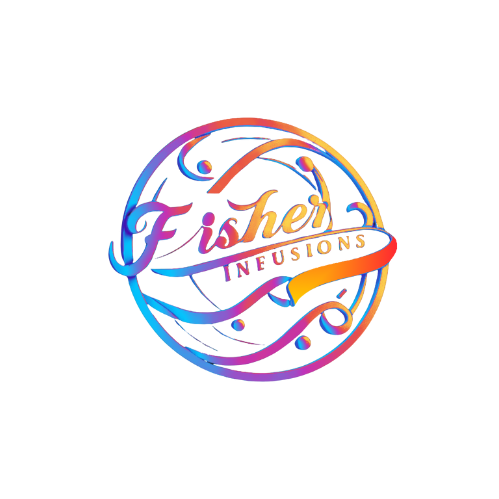Knowledge Centre: ISO Standards Explained
Welcome to our ISO Knowledge Centre. Here you’ll find detailed information about the most widely adopted ISO standards, what they entail, their benefits, and why organizations implement them. Use this guide to understand how each standard applies to your industry and operations.
ISO 9001 – Quality Management Systems
Overview: ISO 9001 is the world’s most recognized quality management standard. It provides a framework for organizations to consistently meet customer requirements, improve satisfaction, and enhance operational efficiency. Key Focus Areas:
- Customer focus and satisfaction
- Leadership and accountability
- Risk-based thinking and process approach
- Continuous improvement culture
ISO 14001 – Environmental Management Systems
Overview: ISO 14001 focuses on effective environmental management. It helps organizations minimize environmental impact, comply with regulations, and promote sustainable practices. Key Focus Areas:
- Waste management and pollution prevention
- Efficient resource and energy usage
- Compliance with environmental laws
- Lifecycle perspective on products/services
ISO 45001 – Occupational Health & Safety
Overview: ISO 45001 is the international standard for workplace health and safety. It provides a framework to improve employee well-being, reduce workplace risks, and create safer working environments. Key Focus Areas:
- Hazard identification and risk control
- Employee participation and training
- Emergency preparedness and response
- Compliance with health & safety legislation
ISO 27001 – Information Security Management Systems
Overview: ISO 27001 sets out the requirements for establishing, implementing, maintaining, and continually improving an information security management system (ISMS). It ensures data protection and resilience against cyber threats. Key Focus Areas:
- Information confidentiality, integrity, and availability
- Risk assessment and treatment plans
- Cybersecurity controls and monitoring
- Legal, contractual, and regulatory compliance
ISO 22000 – Food Safety Management Systems
Overview: ISO 22000 ensures safe food supply chains from farm to fork. It integrates HACCP principles with preventive controls for food safety. Key Focus Areas:
- Food safety hazards identification and control
- Traceability across the supply chain
- Compliance with global food safety regulations
- Integration with ISO 9001 for quality & safety
ISO 50001 – Energy Management Systems
Overview: ISO 50001 provides a structured approach for organizations to improve energy efficiency and reduce consumption through monitoring and optimization. Key Focus Areas:
- Energy efficiency performance tracking
- Reducing energy costs and carbon emissions
- Integration with sustainability strategies
- Compliance with energy regulations
ISO 13485 – Medical Devices Quality Management
Overview: ISO 13485 specifies requirements for a quality management system where an organization needs to demonstrate its ability to provide medical devices and related services that consistently meet customer and regulatory requirements. Key Focus Areas:
- Design and development of medical devices
- Risk management and safety standards
- Regulatory compliance for global markets
- Product traceability and quality control
ISO 22301 – Business Continuity Management
Overview: ISO 22301 sets requirements for a business continuity management system (BCMS). It helps organizations prepare for, respond to, and recover from disruptive incidents. Key Focus Areas:
- Disaster recovery and crisis response planning
- Risk assessment and impact analysis
- Emergency communication and stakeholder engagement
- Continuity of critical business operations
ISO 37001 – Anti-Bribery Management Systems
Overview: ISO 37001 helps organizations prevent, detect, and respond to bribery and comply with anti-bribery laws and voluntary commitments. Key Focus Areas:
- Anti-bribery policies and procedures
- Controls for gifts, hospitality, donations, and partnerships
- Whistleblowing mechanisms and investigations
- Ongoing monitoring, review, and improvement
ISO 31000 – Risk Management (Guidelines)
Overview: ISO 31000 provides guidelines, principles, and a framework for risk management. Although not certifiable, it is widely used as a reference for developing effective risk-based decision-making processes. Key Focus Areas:
- Risk identification and assessment
- Risk treatment and mitigation strategies
- Integration of risk management into governance
- Monitoring and review of risks
ISO 20000 – IT Service Management
Overview: ISO 20000 sets requirements for establishing, implementing, and improving an IT service management system (ITSMS). It aligns IT services with business needs and customer requirements. Key Focus Areas:
- Service delivery and performance monitoring
- Incident, problem, and change management
- Service continuity and availability
- Customer relationship management

